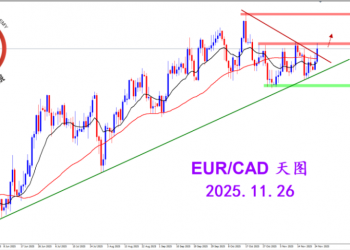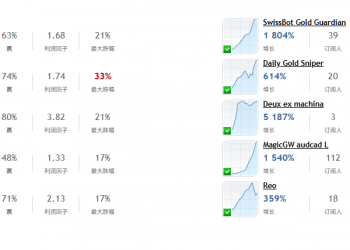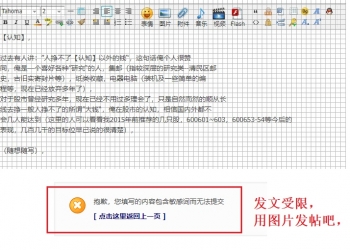Reuters
Dollar soft on record current account gap
Friday June 17, 9:42 am ET
By Jamie McGeever
NEW YORK (Reuters) - The dollar was weaker on Friday, kept under selling pressure by data showing that the U.S. current account deficit widened to a record $195.1 billion in the first quarter.
The deficit, running at a record 6.4 percent of gross domestic product, was wider than the $190 billion forecast by economists. The deficit in the fourth quarter of last year was also revised to a slightly wider $188.36 billion.
The data underscore the extent to which the U.S. needs to attract large inflows of foreign capital to fund the deficit and are a reminder to traders of the dollar's structural weaknesses.
"The dollar's recent rally has been the direct result of euro weakness caused by European political and economic problems while for the past two months the market appeared to forget the persistent deficit woes of the United States," wrote Boris Schlossberg, chief fundamental strategist at Forex Capital Markets in New York, in a note to clients.
"Today's larger than expected gap in the current account may reawaken those concerns once more and trigger a retrace in greenback's recent rally," he said.
Early on Friday, the euro recovered to a one-week high of $1.2202 (EUR=), up more than 0.6 percent on the day and more than a cent above a 9-month low hit on Wednesday.
But many traders still consider the euro, which has lost around 10 percent versus the dollar since January, an attractive sell on any rallies, so the currency is hovering at $1.2175, up on the day but little changed from just before the current account data were released.
"The deficit's a little wider than expected but I don't think this is a dynamic that's driving the dollar any more. Concerns about the deficits are fading. Markets are no longer focused on the dollar as a funding currency," said Lara Rhame, currency strategist at CSFB in New York.
She said the euro could continue to correct back up as high as $1.2350 yet still be in broader bearish territory.
The dollar was a touch weaker against the yen at 108.80 yen (JPY=) and 0.3 percent down against the Swissfranc at 1.2678 francs (CHF=).
Sterling was rose slightly at $1.8250 (GBP=).
Analysts said the details of the balance of payments data, such as another foreign direct investment (FDI) outflow from the U.S. and a decline in net recorded financial inflows, weren't particularly dollar-positive either.
"This is a continuation of a dollar-negative trend and it tells you that relative to core flows, the dollar is growing overvalued and will correct likely in the next six months," said Greg Anderson, senior currency strategist at ABN Amro in Chicago.
The dollar has gained more than 8 percent against the euro over the last two months as expectations of higher U.S. interest rates contrasted with the outlook for low interest rates and political turmoil in the euro zone.
European Union leaders are pitching into a bruising battle over the bloc's long-term future. They decided on Thursday to allow more time to ratify the new EU constitution -- rejected by French and Dutch voters and triggering the euro's decline.
Later Friday, the University of Michigan releases its preliminary June consumer sentiment index at 9:45 a.m. EDT (1345 GMT), forecast to show a rise to 89.0 from 86.9 in May.
Despite a recent mixed bag of U.S. economic data, the dollar has been supported this month by a steady chorus of Fed officials suggesting that U.S. interest rates still have room to rise, even after a series of eight straight rate increases. |
 2025.11.26 图文交易计划:欧加试探拉升 关2563 人气#黄金外汇论坛
2025.11.26 图文交易计划:欧加试探拉升 关2563 人气#黄金外汇论坛 MQL5全球十大量化排行榜2663 人气#黄金外汇论坛
MQL5全球十大量化排行榜2663 人气#黄金外汇论坛 【认知】5499 人气#黄金外汇论坛
【认知】5499 人气#黄金外汇论坛 关于论坛修改用户名称的图解2658 人气#黄金外汇论坛
关于论坛修改用户名称的图解2658 人气#黄金外汇论坛